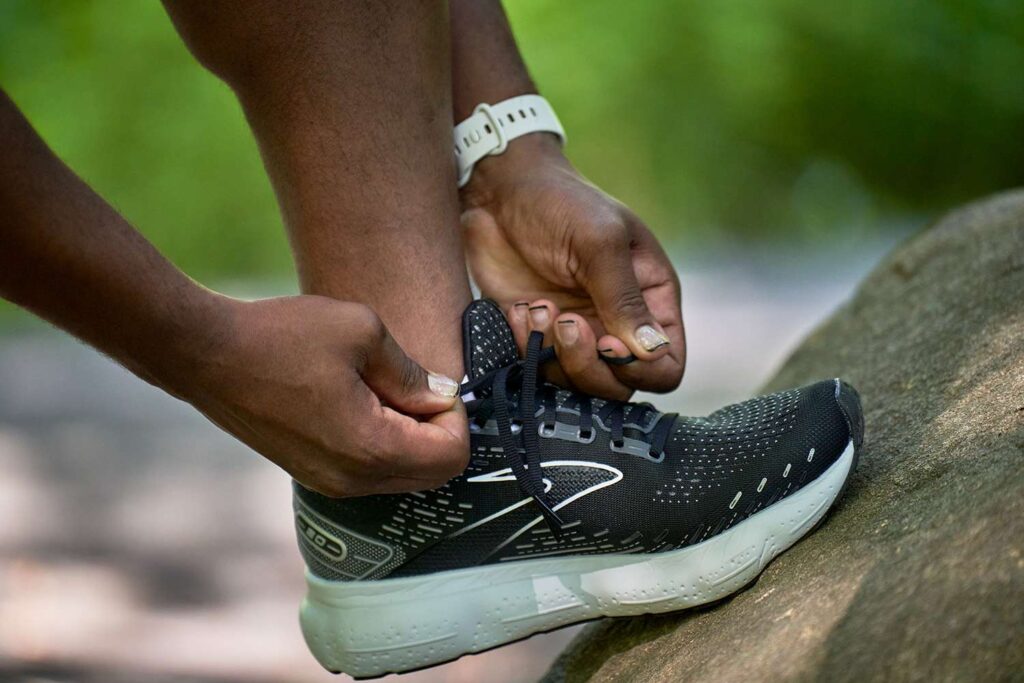Running Shoes vs. Walking Shoes – What’s The Difference?
What’s the difference between running shoes and walking shoes? Here’s an educated guess on what they’re about. Without looking it up, one can surmise that a pair of shoes for running tend to have durable soles yet they’re lightweight to make running at full sprint or doing marathon running easier on your feet.

A pair of walking shoes, on the other hand, can be heavier on your feet to achieve durability through cushioning without needing lightweight materials for the slower pace of walking. Let’s now see the truth of the matter.
The ABCs of Running versus Walking Shoes
Long story short, running shoes have more cushioning in the toe and heel areas. Walking shoes, on the other hand, are less breathable and light but offers sufficient arch support for the slower-paced travel.
- More Effort Requires More Cushioning: When it comes to running shoes, they typically have more cushioning in the heel and toe areas but are lighter overall. Running is a more strenuous activity, so runners typically put in more effort.
- Lightweight Durability: Running shoes are typically made of mesh to allow air to flow freely because your feet can get hot as you run hard. Additionally, this mesh keeps the shoe lighter while making sure it’s durable when push comes to shove.
- Less Breathable But More Arch Support Although they don’t have to be as light and breathable—walking shoes didn’t even exist until 1986—they still need to offer adequate arch support. Your natural ability to absorb shock is likely reduced if your foot arch is high.
- Walking is a High-Arched Activity: Unlike in the case of running shoes, walking requires your feet to have a higher arch with its slower pace as opposed to running where your feet practically fly through the pavement on the top of your sole rather than your heel.
- More Cushioning Than Less: The walking shoe you select should have more cushioning rather than less. You also have less support if your feet are flat, which can cause stress on your muscles and joints. Sturdy shoes are essential for walking.
The Bottom Line
Running footwear has cushioning but not as much cushioning as the heavier walking footwear. Running sneakers or shoes should have cushioned toes and heels in particular. A walking shoe has more arch support and overall cushioning.
Walking requires heavier cushioned shoes and running requires lightweight mesh shoes. With that said, even though running shoes require less cushioning, its lightweight material should also be ergonomic and durable to deal with the heavy-duty sprinting or marathon running involved.

